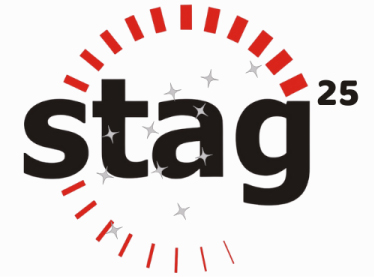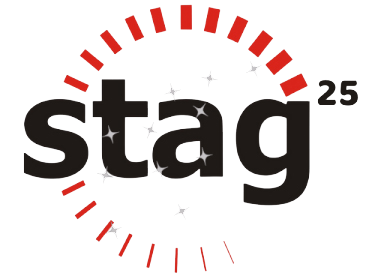A large petroleum major was rolling out a specialized solution to ensure that fleet tracking solution to ensure zero pilferage during transport. The solution consisted of a plethora of technologies (GPS, GSM, Web, Mapping) and our role was to ensure that the final solution is indeed risk-free for deployment.
With the launch date in the next few weeks, we got cracking on applying HyBIST to extract the cleanliness criteria from the business and technical specifications outlined in the tender document.The cleanliness criteria consisted of multiple aspects- deployment environment correctness, cleanliness of software, clean working of hardware/software interfaces and finally the ability to support a large load, volume with real-time performance.
We identified the potential types of defects that spanned the entire spectrum of hardware and software. The first step was to understand system development process and identify senior consultants visited the vendor’s facility to assess the people and processes used to develop the system. This provided a clear picture of what to expect and the work that lay ahead of us.
Post our understanding of the development system, we developed a scientific strategy and the evaluation scenarios. A variety of tests were identified – individual feature validation, simulating various business use-cases, understanding load limitations and performance evaluation of the system.
Now we were ready to validate the final system in the data center. The first cut of the solution was used to develop a set of automated scripts for large scale load/stress/performance testing. The system was populated with large data representing a real life system. Vehicles were fitted with the vehicle mounted unit. We were ready to roll now.
The various vehicles were set in motion in various terrains, at various speeds and mapping of the fleet on the India map was validated. We simulated large number of vehicles with data arriving from the simulators at a high rate to ensure that performance was indeed real-time.
In addition, the deployment environment was validated, configurations checked, legality of the software verified. We also verified that the solution integrates with customer’s SAP database as well.
Bugs popped up and were fixed. We recommended changes in the system capacity, pushed the vendor to close all the critical, high and medium priority defects before providing a qualitative feedback on the solution and the potential risks. Once satisfied our customer’s investment was safe, we gave a go-ahead to rollout the solution.


